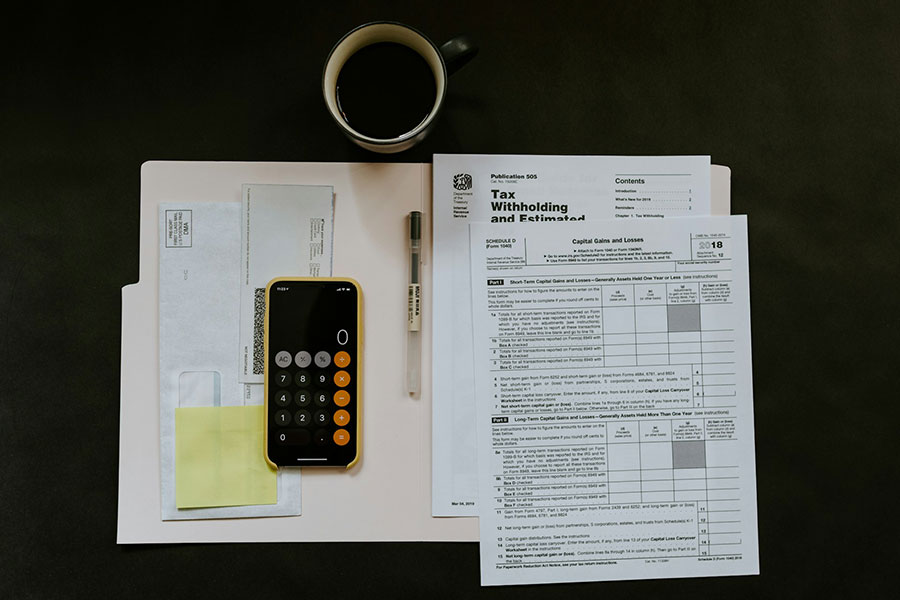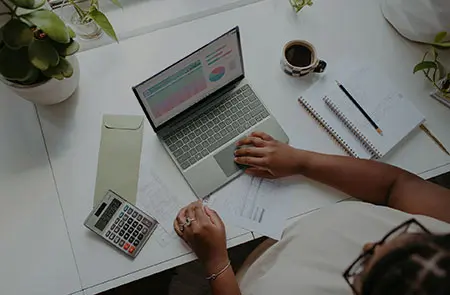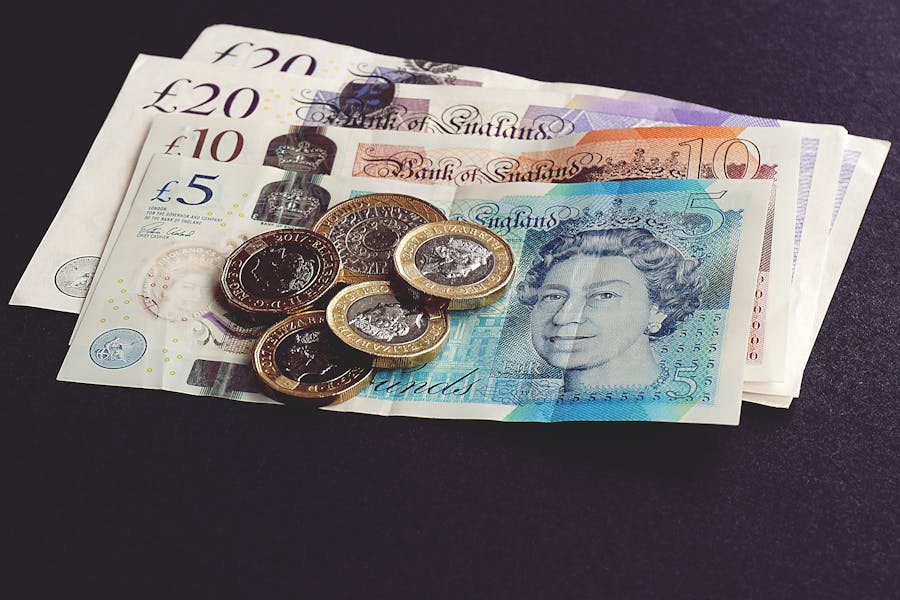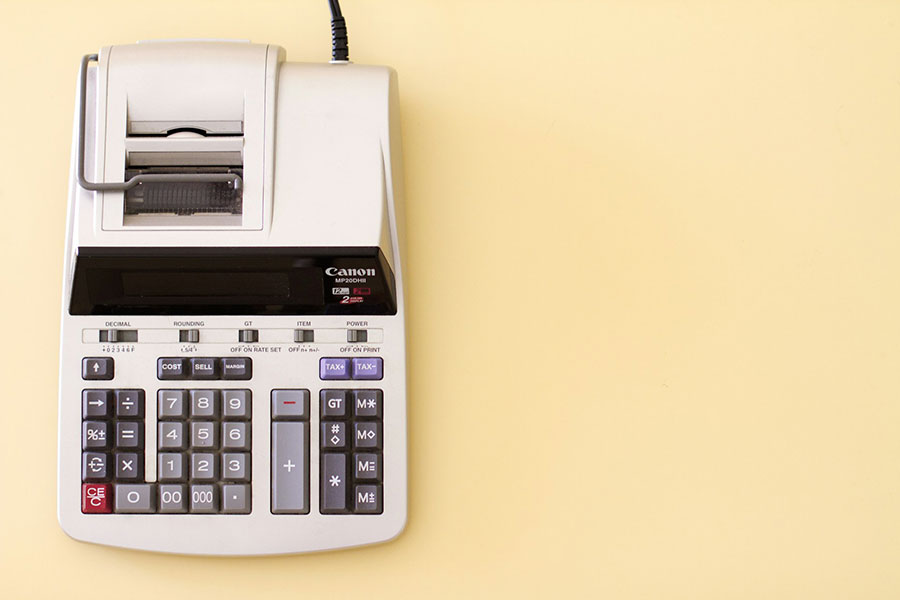
Should I Buy or Lease a Company Car, Buy Privately or use the Mileage Allowance?
August 22, 2024
Income Tax: Making Tax Digital (MTD)
August 23, 2024Frances Harris
Chief Accountant
Full Accounting Services LTD
How do you know which VAT scheme is for you?
Choosing the right VAT scheme for your business is crucial to managing tax efficiently. This guide explains the different VAT schemes, including the Standard and Flat Rate schemes, to help you make an informed decision about which one suits your business needs best.
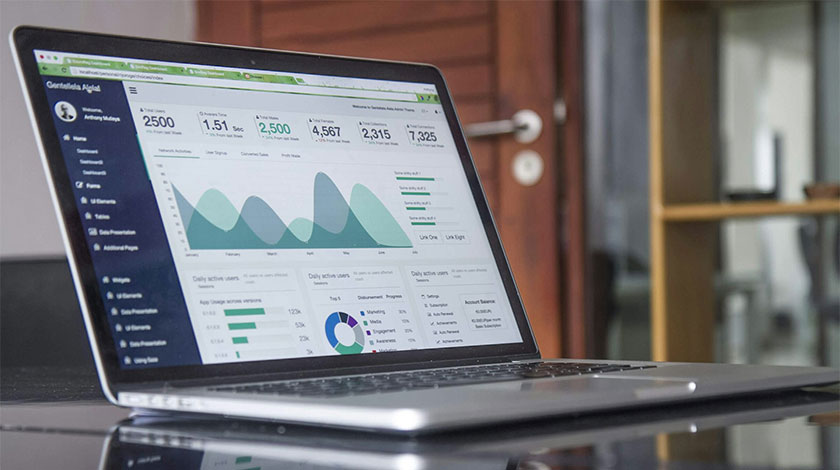
VAT (Value Added Tax) is one of those incredibly tedious, sometimes complicated, and always important topics that every business owner and contractor needs to know about.
Becoming VAT registered is compulsory "when your VAT taxable turnover goes over £85,000 (the 'threshold'), or you know that it will".
But are you aware of the different VAT schemes that are available? It's important to choose the right one for your business, and we can help with that, lets discuss this further. You can decide to become VAT registered if your business turnover doesn't meet the threshold, but you should weigh up the pros and cons of doing so before you make that decision - your accountant can help you make this choice and will give you advice tailored to your own circumstances. We will touch on voluntary registration later in this blog.
The Standard VAT Scheme: What you need to know
When you register for VAT, there are various schemes you can choose from. These schemes impact not only when you calculate your VAT but also how you calculate the VAT you need to pay to HMRC. It is important that you choose the right scheme(s) for your business. When submitting your VAT application online to HMRC, you are given several options of VAT schemes to register for. It is important to understand what these mean and when they may be beneficial to you. To understand the schemes, and whether you should use any of them, it is first important to understand the Standard VAT scheme - this is the scheme all businesses are registered on by default.
Standard VAT
By default, when you register for VAT, you are set to prepare and submit VAT returns quarterly (every three month). The VAT you pay to HMRC is calculated as:
VAT on all INVOICED sales less VAT on all INVOICED purchases = VAT due to HMRC This essentially means that you can deduct any VAT you have incurred on valid business purchases/expenses from the VAT on your sales and pay the balance over to HMRC. e.g., Sales invoiced during the quarter are £10,000 + VAT; therefore, VAT of £2,000. Purchases invoiced during the quarter are £2,000 + VAT; therefore, VAT of £400. VAT to be paid to HMRC for the quarter is £1,600.
Standard VAT - Cash Basis
As a variation to this, you can choose to calculate your VAT return on a cash basis. You do not need to apply to HMRC to make this change - it is not considered a separate scheme, just an alternative way to calculate the VAT. HMRC do however say you must be consistent. When calculating VAT on a cash basis, you only include the sales invoices that you have been in the quarter and purchases you have paid in the quarter.
This means that you only calculate VAT on the sales invoices that have been paid. e.g., Using the same example as above, but where you have only received payment for £5,000 + VAT of the sales invoiced:
Sales received during the quarter are £5,000 + VAT; therefore, VAT of £1,000 Purchases paid during the quarter are £2,000 + VAT; therefore, VAT of £400 VAT to be paid to HMRC for the quarter is £600. This option is worth considering where you have 30-60-day payment terms with some or all your clients or customers as it helps your cash-flow. But what if the Standard VAT scheme isn't for you?
Flat Rate VAT Scheme
As already discussed, when you register for VAT, you are automatically registered on the Standard VAT Scheme. This may or may not be the best option for your business. The Flat Rate Scheme is popular amongst contractors and small businesses to simplify the VAT process as it was designed to make preparing and calculating the VAT easier and quicker to reduce the admin burden.
When using the scheme, although you still charge your client the standard rate of VAT (currently 20%), you pay over a fixed percentage of gross sales to HMRC (based on your industry), rather than offset the VAT on your purchases and expenses. This means less time is spent itemising the VAT on the expenses, and the VAT calculation takes a fraction of the time.
Until April 2017, the Flat Rate Scheme was also very beneficial to freelancers and contractors as the low rates meant that it was possible to make several thousand pounds a year profit by using the scheme.
Unfortunately, HMRC realised this, and in April 2017 changed the rules for the scheme.
Example pre-April 2017:
e.g., Sales invoiced during the quarter are £10,000 + VAT; therefore, VAT of £2,000 was charged. If you are an IT Consultant, your flat rate percentage pre-April 2017 was 14.5% VAT to be paid to HMRC for the quarter is £1,740. The business has effectively kept the remaining £260 of VAT.
Example post-April 2017:
e.g., Sales invoiced during the quarter are £10,000 + VAT; therefore, VAT of £2,000 was charged. If you are an IT Consultant, unless you spend at least 2% of your sales each quarter on "relevant goods" (unusual), you are treated as a "limited cost trader" and your flat rate percentage post-April 2017 is 16.5%, VAT to be paid to HMRC for the quarter is £1,980. The business has effectively kept the remaining £20 of VAT.
The Flat Rate Scheme can still be an excellent choice if you have very little VAT-able expenses to claim. You may find that although you pay a little more VAT, the time saved alone makes it the preferred choice.
You're going to have to apply to HMRC to use this scheme and you can do so on your VAT application or separately at a later stage. A few eligibility points apply also:-
- If you expect your turnover to be over £150,000 in the next 12 months, you cannot apply.
- If your turnover exceeds £230,000 in any 12-month period, you will be removed from the scheme.
It's also worth noting that as with the standard scheme, you can choose to calculate the VAT on a cash basis.
What about voluntary VAT registration - Why would you?
As mentioned previously, many businesses choose to register for VAT early i.e., before their annual sales hit the threshold, with large numbers of businesses opting to register as soon as they start out.
Here, I will explore the main reasons businesses apply for voluntary registration:
Business credibility
For many, being VAT registered adds an air of credibility to your business. The thought being that potential clients and customers will see being VAT registered as an indication of you being a larger or more established business.
Industry norms
Some industries almost expect suppliers to be VAT registered, so it goes with the industry norm. This is often the case for contractors working with large national companies i.e., a management consultant working in the city.
Ability to reclaim VAT on expenses
If you have large set-up costs or indeed, significant ongoing costs, you may be able to reclaim the VAT. This could play a big part in helping your cashflow and reducing costs. This is dependent on you registering on the standard scheme.
You won't lose money
Ultimately, you will add VAT to your sales, charge it to your client, receive the funds from your client and then pay some of that VAT to HMRC. so all in all, you won't actually lose any money by being registered.
You will have to register sooner or later anyway!
If you know you are likely to reach the VAT registration threshold in any case, you may just want to register now so that you don't have to monitor the sales extensively to know when to register. Equally, it means you can start off with your pricing in place, without concerns that you may need to revisit pricing once VAT needs to be added. However, you must balance this with the potential drawbacks of voluntary registration.
Admin
Being VAT registered will increase your admin, no doubt about that. Using the flat rate scheme can help reduce this - but still worth bearing in mind. Often, if you want an easy life, you may want to stay away from VAT registration.
Competition
If most of your competitors are not registered, registering for VAT may make it difficult to compete on price.
You have small clients
If you have smaller clients, or work in the charity sector, registering for VAT may make you particularly unpopular with your potential clients. Charities are not usually VAT registered and so cannot claim back the VAT, therefore increasing their costs.
Questions or comments?
VAT can be complicated, but we hope we have covered some of the main areas for you
in this blog. If you want to know more about VAT and discuss which VAT scheme may suit your business, get in touch with us at Full Accounting Services.

